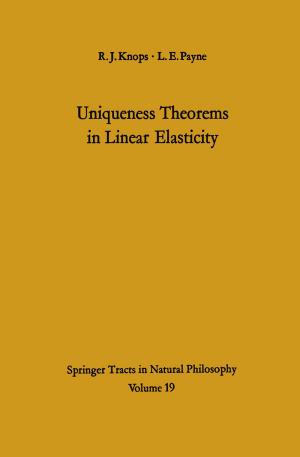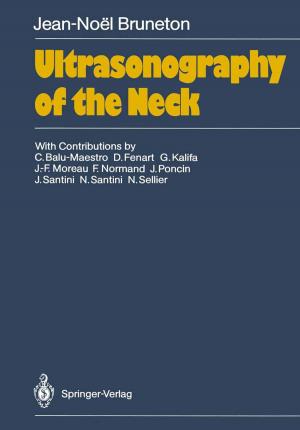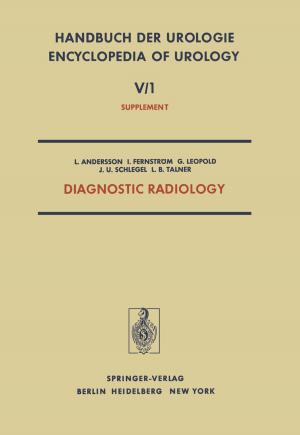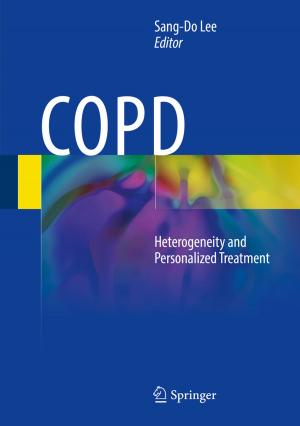Mechanical Ventilation
Nonfiction, Health & Well Being, Medical, Specialties, Critical Care, Anesthesiology| Author: | ISBN: | 9783642874482 | |
| Publisher: | Springer Berlin Heidelberg | Publication: | December 6, 2012 |
| Imprint: | Springer | Language: | English |
| Author: | |
| ISBN: | 9783642874482 |
| Publisher: | Springer Berlin Heidelberg |
| Publication: | December 6, 2012 |
| Imprint: | Springer |
| Language: | English |
Only very few therapeutic modalities are used as extensively as mechanical ventilation in intensive care units, during anaesthesia and in emergency situations. Hence theoretical and practical knowledge in this technique had to be made available to workers in a number of medical specialities. In addition to anaesthetists, who are most familiar with artificial ventilation for historical and practical reasons, surgeons, internists, paediatricians and emergency physicians also need a foundation. Furthermore, the widespread application of this life-supporting method requires that paramedical personnel such as nurses and respiratory therapists be trained to use mechanical ventilation, to understand how it works and to be aware of specific side effects and dangers. This book, edited by Fran~ois Lemaire, is a well-designed present ation of a number of the relevant aspects, types and problems of mechanical ventilation which are important for physicians and paramedical personnel who use it. After a description of the technical principles and maintenance of an artificial ventilator, the main part of the book is devoted to the most frequently used types of mechanical respiratory support, with their specific indications, the pathophysiology of their effects on pulmonary gas exchange and the specific choice and regulation ofthe mechanical variables involved. Older and new types of ventilatory support are discussed; there is a good balance of enough specific information for the inexperienced as well as a critical analysis of the indications for more exotic techniques, such as mandatory minute ventilation, independent lung ventilation and airway pressure release.
Only very few therapeutic modalities are used as extensively as mechanical ventilation in intensive care units, during anaesthesia and in emergency situations. Hence theoretical and practical knowledge in this technique had to be made available to workers in a number of medical specialities. In addition to anaesthetists, who are most familiar with artificial ventilation for historical and practical reasons, surgeons, internists, paediatricians and emergency physicians also need a foundation. Furthermore, the widespread application of this life-supporting method requires that paramedical personnel such as nurses and respiratory therapists be trained to use mechanical ventilation, to understand how it works and to be aware of specific side effects and dangers. This book, edited by Fran~ois Lemaire, is a well-designed present ation of a number of the relevant aspects, types and problems of mechanical ventilation which are important for physicians and paramedical personnel who use it. After a description of the technical principles and maintenance of an artificial ventilator, the main part of the book is devoted to the most frequently used types of mechanical respiratory support, with their specific indications, the pathophysiology of their effects on pulmonary gas exchange and the specific choice and regulation ofthe mechanical variables involved. Older and new types of ventilatory support are discussed; there is a good balance of enough specific information for the inexperienced as well as a critical analysis of the indications for more exotic techniques, such as mandatory minute ventilation, independent lung ventilation and airway pressure release.















